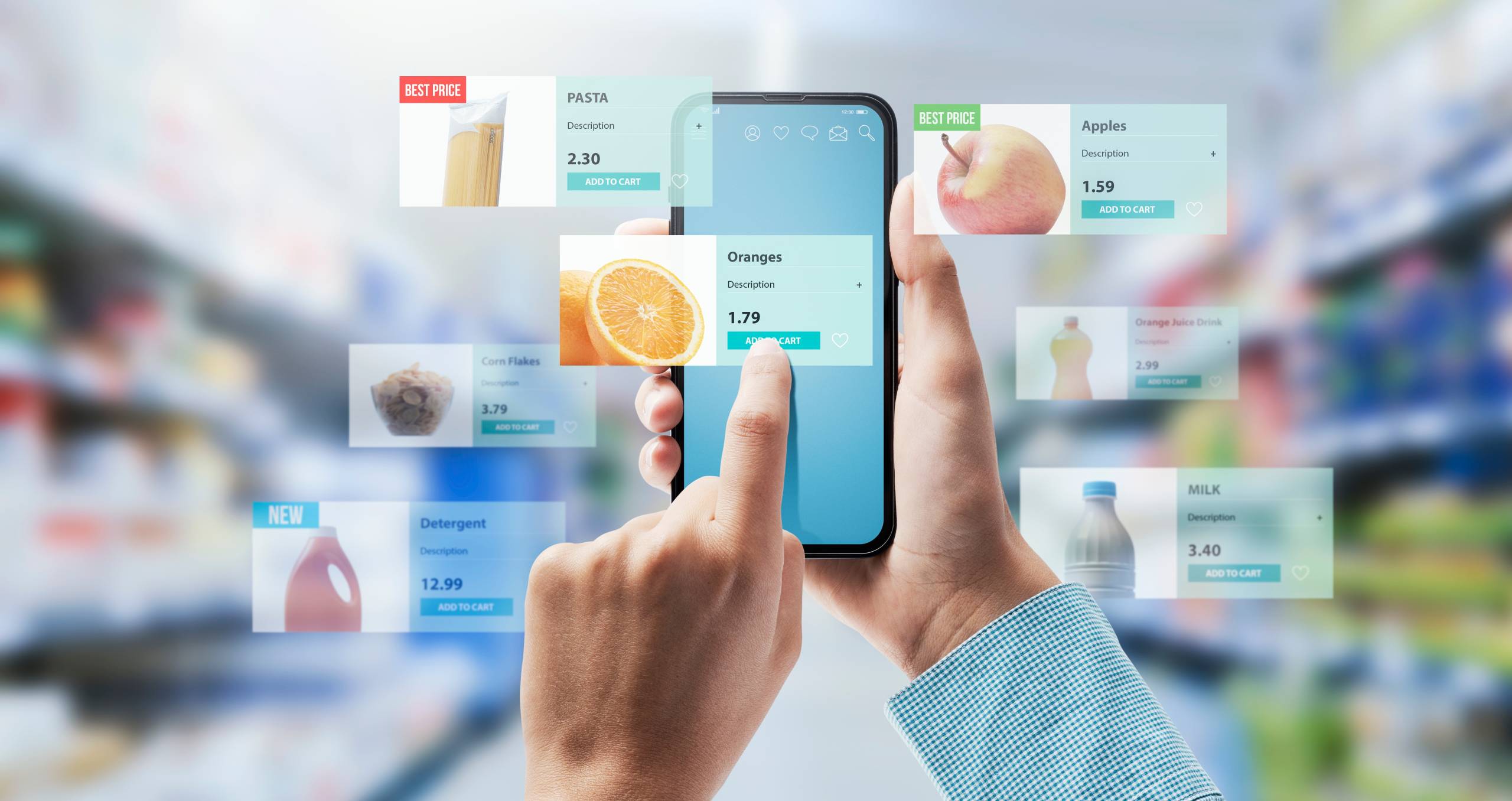In the fast-paced world of advertising, interactivity has emerged as a key element to captivate consumers and leave a lasting impression. Beyond static ads, interactive advertising has become a powerful medium for engaging audiences, creating memorable experiences and establishing deeper connections between brands and consumers. In this article, we will explore how interactive advertising is changing the game and highlight examples of campaigns that have effectively leveraged this trend.
Historically, advertising used to be static, simply presenting one-way messages to the audience. However, the advent of the digital age and the proliferation of interactive devices have opened up new possibilities. Advertising can now be a two-way experience, allowing consumers to actively participate in the brand narrative.
Examples of Successful Campaigns:
- Coca-Cola revolutionised advertising by personalising its products with common names. The ‘Share a Coke’ campaign allowed consumers to virtually personalise a can online and share personalised messages. This direct interaction led to a significant increase in consumer engagement and strengthened emotional ties to the brand.
- IKEA introduced the ‘IKEA Place’ app, which uses augmented reality to allow users to visualise how IKEA furniture would look in their own homes before making a purchase. This interactive experience not only facilitates decision-making, but also creates a deeper connection by actively engaging consumers in the shopping process.
- Dove challenged women to ‘Choose to be Beautiful’ instead of opting for the conventional ‘Normal’ label. They installed doors marked ‘Beautiful’ and ‘Normal’ in different locations and captured women’s choices. This interactive campaign sparked conversations about self-image and generated a lasting emotional impact.
- ‘The Fun Theory’: Volkswagen implemented the Fun Theory by conducting social experiments that turned desired behaviours into fun, interactive experiences. A notable example was the initiative to turn a set of stairs into a giant piano. This approach was not only innovative but also connected the brand to fun and creativity.
What are the benefits of Interactive Advertising?
– Active engagement: Interactivity allows consumers to actively participate in the advertising experience, resulting in greater engagement and retention of the message.
– Personalisation: Interactive campaigns can be tailored to individual preferences, delivering more relevant and meaningful messages to the audience.
– Data generation: Interactivity generates valuable data on consumer behaviour, allowing brands to continually adjust and improve their strategies.
– Brand differentiation: Brands that embrace interactive advertising stand out in a saturated market, showing innovation and a deeper connection with their audience.
There is no doubt that interactive advertising has transcended the boundaries of static ads, offering brands a dynamic tool to connect with consumers. Through participatory experiences, these campaigns not only attract attention, but also create lasting emotional bonds. As technology continues to evolve, interactive advertising will continue to play a crucial role in creating meaningful connections between brands and their audience.






